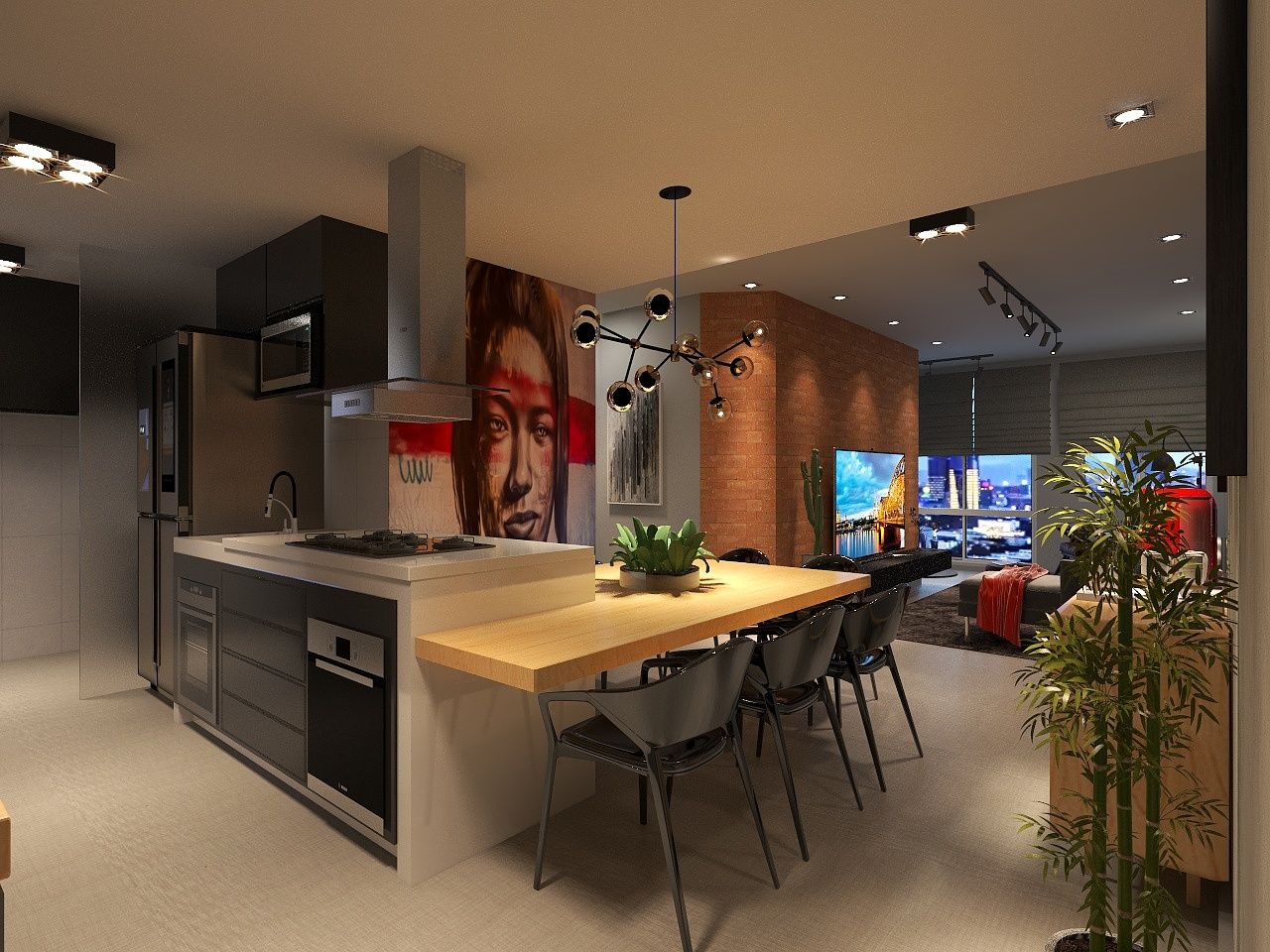Creating Stunning Night Scene Renders in V Ray for SketchUp: A step-by-step guide to achieving realistic nighttime visuals

Creating a night scene render of a building in V-Ray for SketchUp can bring your architectural designs to life under the moonlight. The key to a successful night scene lies in the careful manipulation of lighting, materials, and camera angles. Let’s dive into the essential steps to achieve a stunning render for your project.
Understanding the Importance of Lighting
Lighting is crucial in night scene renders. Unlike daytime scenes, where natural light is the primary source, nighttime renders rely heavily on artificial light sources.
Types of Lights to Use
- Point Lights: These are perfect for simulating street lamps or interior lights.
- Spotlights: Use spotlights to create dramatic effects on specific areas of your building.
- Area Lights: These help in achieving soft shadows and realistic lighting effects.
Setting Up the Night Sky
To create a realistic night sky, you can use an HDRI (High Dynamic Range Image) that features a night scene. This will provide the ambient light needed for your scene to avoid complete darkness.
Adjusting Material Properties
Materials play a significant role in how your render will look at night. Ensure that materials are set with appropriate reflections and glossiness settings.
Key Material Settings
- Reflectivity: Increase reflectivity for surfaces like glass or water to catch the light effectively.
- Glossiness: Adjust glossiness to create a smooth finish on elements like tiles or metals.
Camera Settings for Night Renders
Camera settings can significantly affect the final outcome of your night render. Ensure you adjust the exposure settings to capture the ambient light without overexposing light sources.
Recommended Camera Settings
- ISO: Set a higher ISO to increase sensitivity to light, but be cautious of noise.
- Shutter Speed: Use a slower shutter speed to allow more light to hit the sensor.
- Aperture: A wider aperture will help in gathering more light.
Post-Processing Techniques
Once you have your initial render, consider using post-processing techniques in software like Photoshop to enhance the final image. Adjusting contrast, brightness, and adding effects like glow can make your render pop.
Conclusion
Creating a night scene render in V-Ray for SketchUp involves a mix of artistic vision and technical skills. By focusing on lighting, materials, camera settings, and post-processing techniques, you can produce eye-catching visuals that showcase your architectural designs in a whole new light.
Tips for Better Night Renders
Experiment with different light arrangements and material settings to find what works best for your specific project. Don’t be afraid to play around with HDRIs for unique night sky effects.
FAQ
Q: What is the best way to light a night scene in V-Ray?A: Use a combination of point lights, spotlights, and area lights to create a realistic lighting environment.
Q: How can I reduce noise in my night scene renders?A: Increase the number of light samples and use denoising tools available in V-Ray.
Q: Should I use HDRI images for night scenes?A: Yes, using HDRI images can enhance ambient lighting and add realism to your night scene.
welcome to Use No.1 Home Design Software
Please check with customer service before testing new feature.

